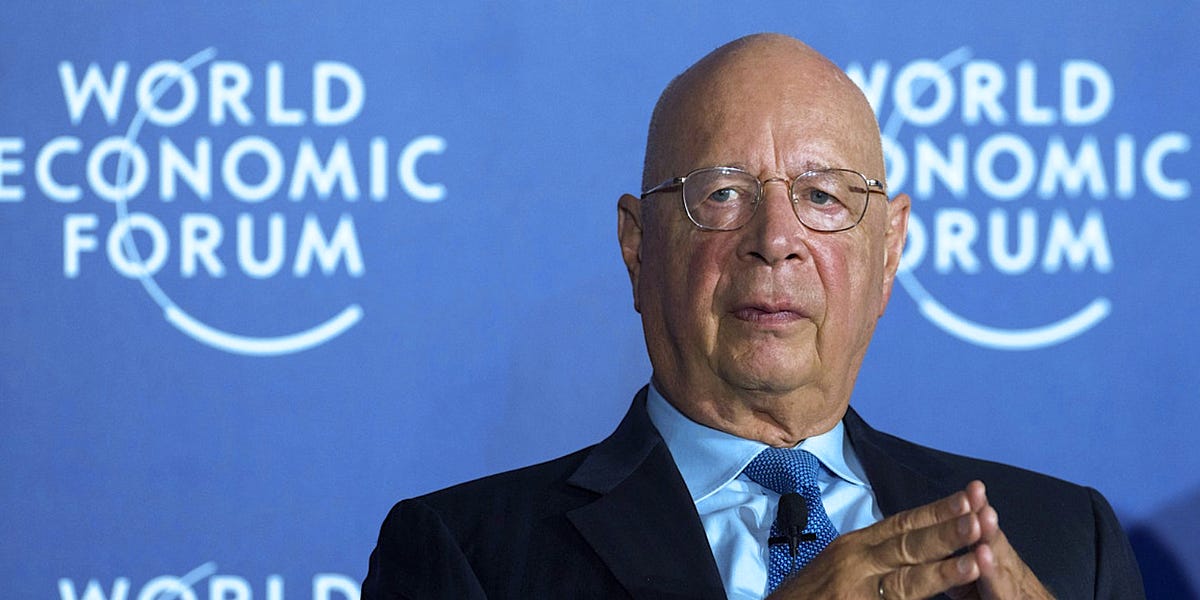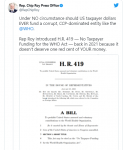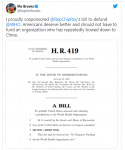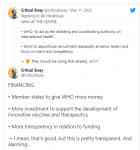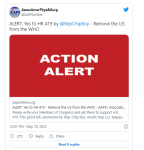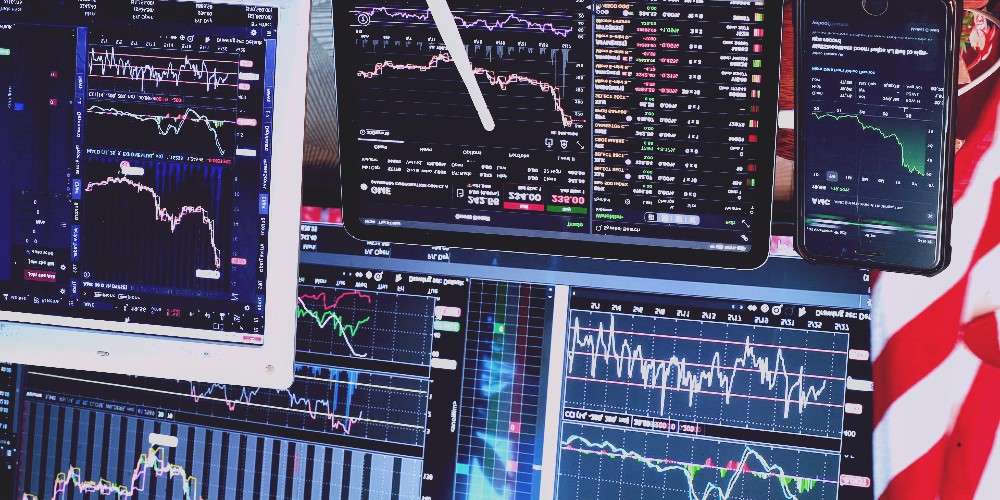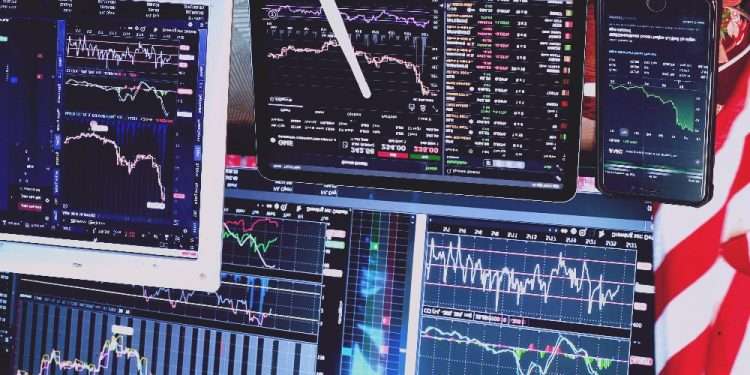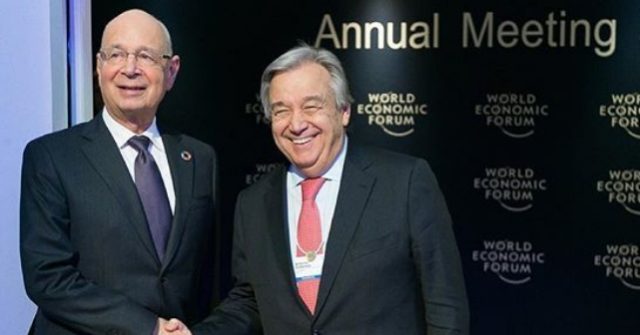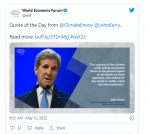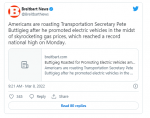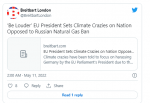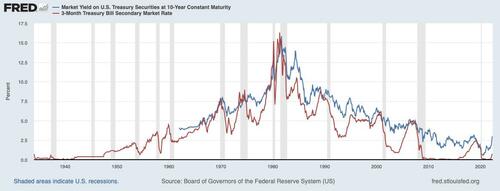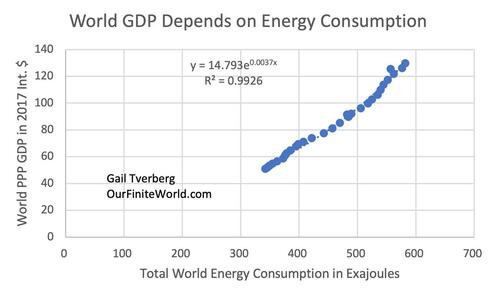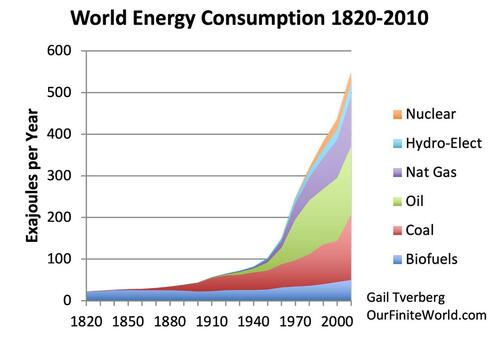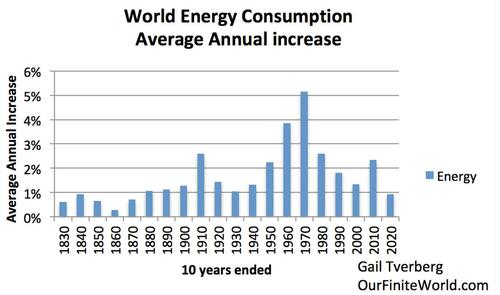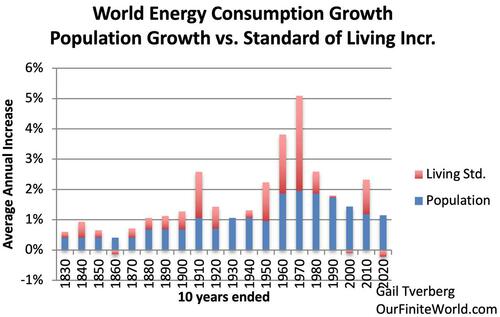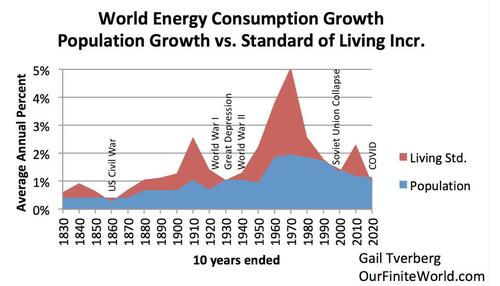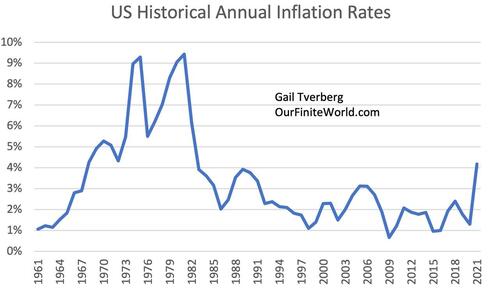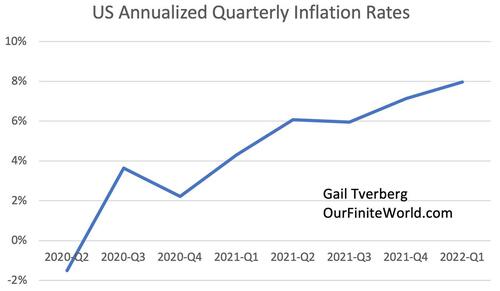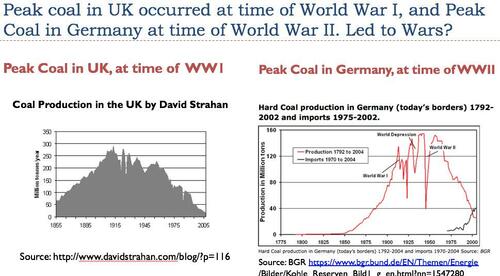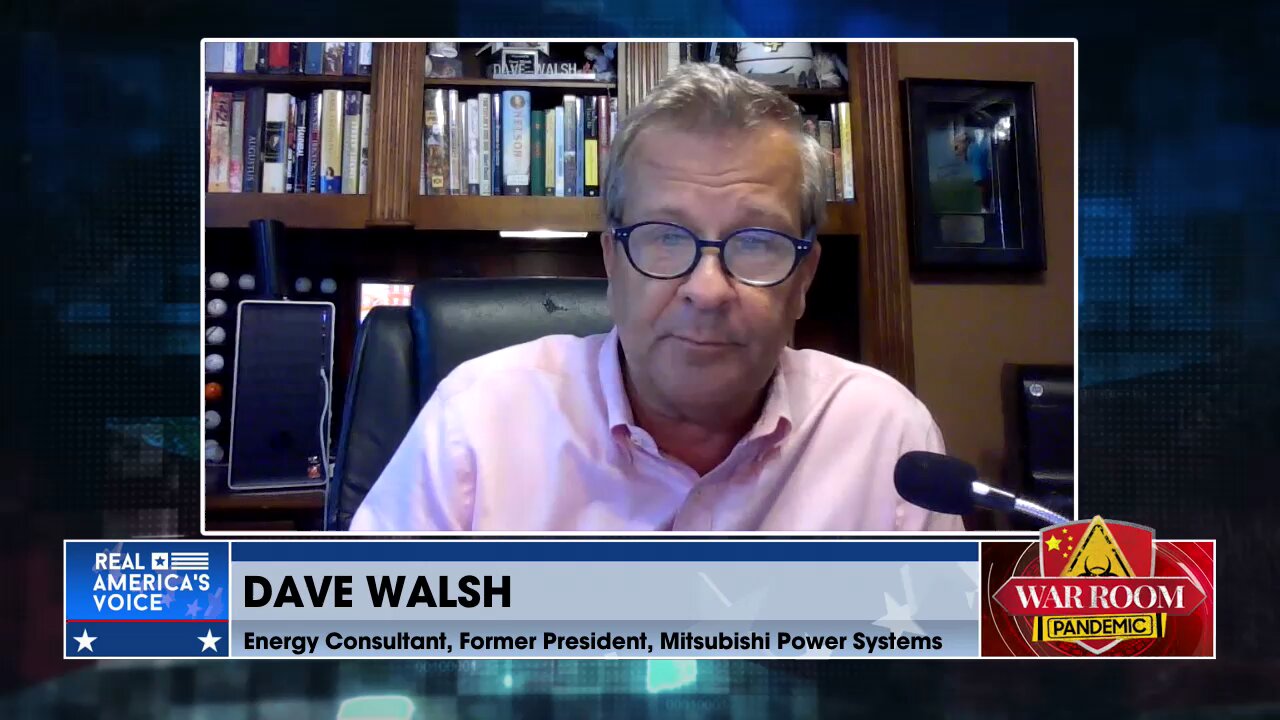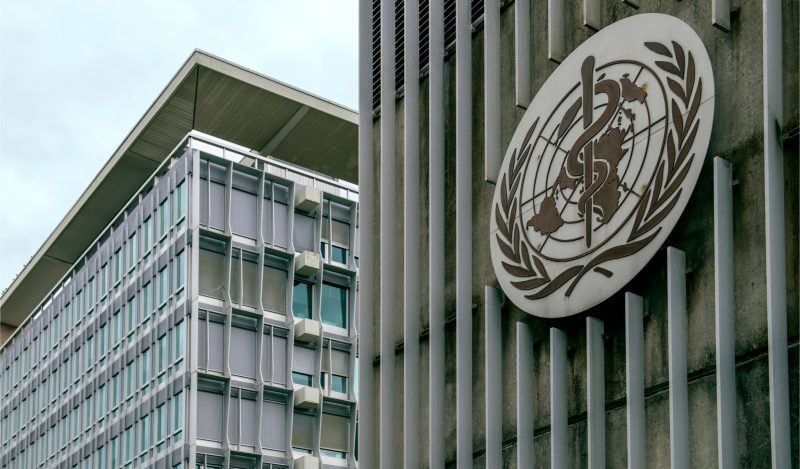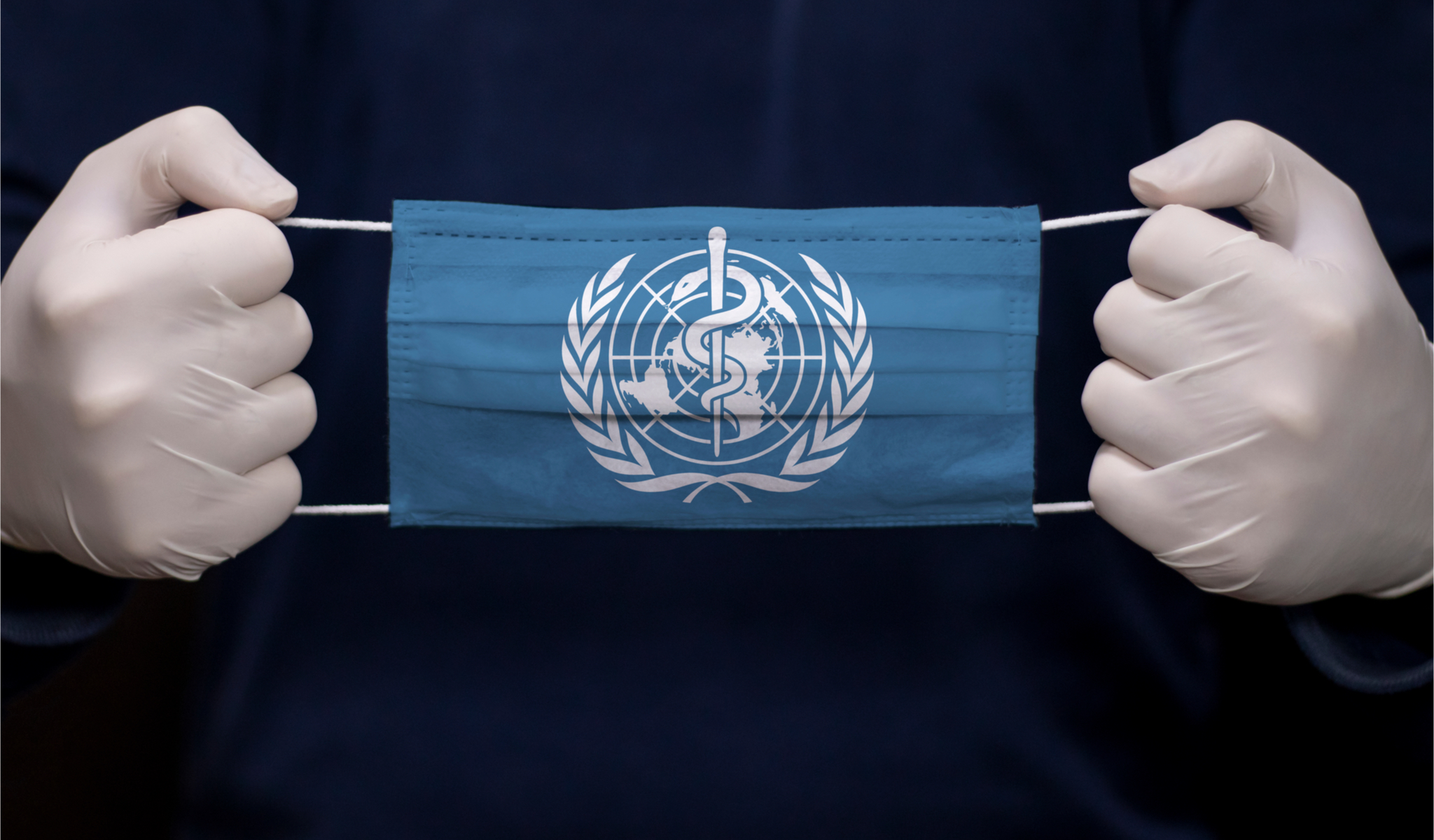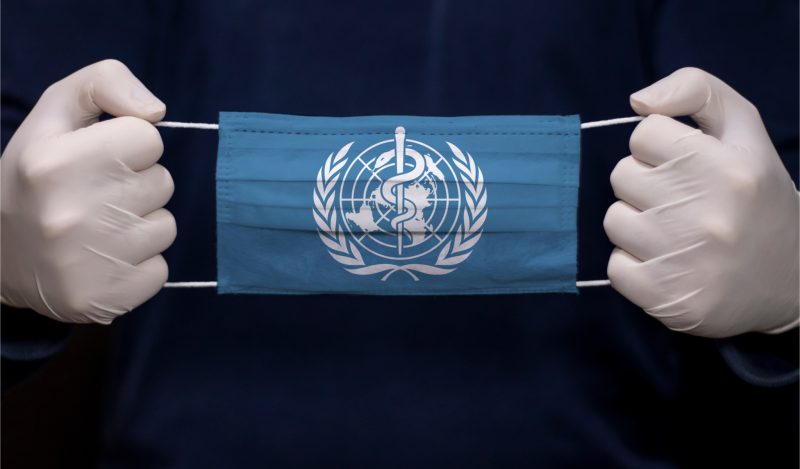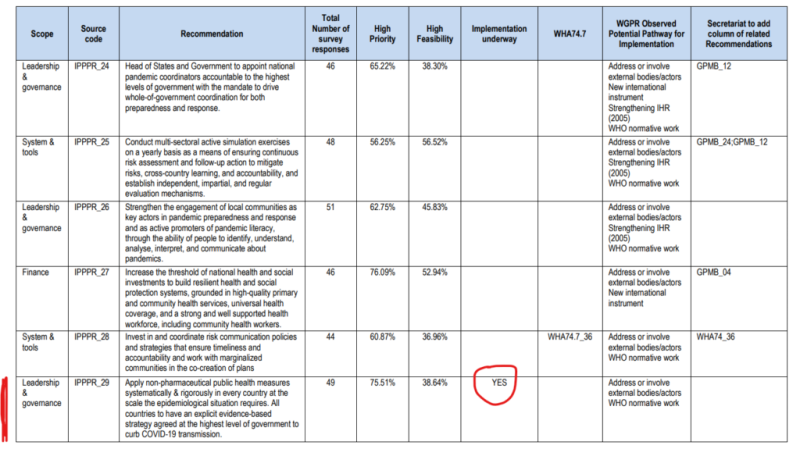ZeroHedge - On a long enough timeline, the survival rate for everyone drops to zero

www.zerohedge.com
Soaring Fuel Prices Leave Owner-Operators With Tough Choices
THURSDAY, MAY 19, 2022 - 06:30 AM
By Mark Solomon of FreightWaves
Avery Vise, vice president, trucking for transport consultancy FTR, has some advice for owner-operators struggling with a massive spike in diesel fuel prices and plunging spot market rates: “There are good reasons to sell your truck and become a company driver,” Vise said.
 Will pump pain cause owner-operators to exit the business?
Will pump pain cause owner-operators to exit the business?
Under the circumstances, it wouldn’t be surprising if some of the 350,000 registered owner-operator drivers seek the protection of company driving, or lease their independent services to a fleet, the latter of which 44% of members of the Owner-Operator Independent Drivers Association (OOIDA) already do. “It’s not happening yet, but it’s coming,” said William “Lewie” Pugh, an OOIDA executive vice president who worked as a leased owner-operator for 24 years, said of free-agent independent drivers either leaving the business or deciding to change the way they operate.
For owner-operators, the fat city of the past two years has lost some weight. As of this past Monday, on-highway diesel pump prices were at $5.61 a gallon nationwide, according to
weekly data from the Energy Information Administration (EIA). That was down a penny a gallon from the prior week, but still at near record levels. Diesel prices in the New England and mid-Atlantic regions, which are experiencing acute shortages of diesel, continued their climb. Prices in New England hit $6.43 a gallon, according to EIA data. Prices in the mid-Atlantic were reported at $6.38 a gallon. (EIA next updates its tables late on Monday.)
Meanwhile, spot prices for dry van services have collapsed, falling an eye-popping $1 per mile year-to-date, as concerns rise that the pace of the pandemic-driven pull-through of consumer buying is leveling off. According to
data published Monday by KeyBanc Capital Markets, dry van spot rates, ex-fuel, are down 30% from their late 2021 peak, off 25% year-over-year and are at a 15% discount to contract rates, which typically lag spot moves by 3 to 6 months.
KeyBanc Transportation Analyst Todd Fowler said spot rates could fall another 15% to 20% before reaching breakeven operating costs consistent with declines in prior cycles.
The triple whammy of flattening demand, lower spot rates and spiking fuel prices means that owner-operators face a challenge not experienced since 2014, the last time U.S. oil prices, as measured by the West Texas Intermediate (WTI) energy complex, breached the $100-a-barrel level. Drivers have four options: Go on a carrier’s payroll and avoid the fuel mess, negotiate leased-driver arrangements that include fuel surcharge pass-throughs, tough it out in the hope that oil prices quickly turn south, or exit the business.
The last option is becoming more commonplace. In March, net motor carrier authority revocations — the number of revoked certificates minus the number of reinstatements — hit their highest levels ever, surpassing a record set in January, according to FTR data. Net revocations in April were slightly lower than in March and January but were the highest since the fall of 2005 when Hurricanes Katrina and Rita shut down swaths of the American economy and sent diesel prices soaring.
Ironically, in March, when diesel prices spiked by about $1.15 a gallon in just two weeks, federal government approvals of new motor carrier authority applications hit an all-time monthly record of about 11,000, FTR data show. Vise said the March activity reflected decisions made by carrier applicants weeks earlier and under different market conditions. About 9,500 applications were approved in April, according to FTR estimates.
Pugh, who has lived through multiple peaks and valleys, said the impending driver attrition could be seen coming a mile away. The post-pandemic boom spawned a surge in new applications for authority, he said. Some owner-operators then decided to add trucks and drivers to build micro-fleets. With the current gold rush coming to an end, operators who found themselves overextended have begun undercutting each other on rates, he said.
OOIDA is fielding a lot more calls lately from members complaining about everything from tight-fisted freight brokers to fuel prices and insurance premiums to vehicle operating costs, Pugh said. To him, that’s a sure sign that the worm has turned.
“It’s been a trucker’s market for 18 months. Now it’s a shippers and brokers market,” Pugh said.
It will be especially tough on recent new entrants who don’t have the same opportunity as those in the market since 2020 to build war chests adequate enough to get them through the valley, he said.
Mondo Cardona, a Charlotte, North Carolina-based owner-operator who drives mostly in the flatbed segment, said he’s been running on his own for 9 years and will stay the course for now.
Yet the “idea crossed his mind” to change direction in the wake of current conditions. Cardona said his rig has been parked for 3 weeks: One week for vacation, a second for maintenance and a third because the “market just wasn’t there.”
Cardona has an advantage in that flatbed demand remains strong, reflecting gains in industrial activity. Another tailwind is that his truck is paid for. But the higher costs of everything is taking its toll, and the higher fuel costs is draining his cash cushion much faster than would otherwise be the case.
Hoping for the best
Hoping that oil and fuel prices may soon fall could be akin to whistling past the graveyard. Diesel prices are currently priced at such an enormous premium that the notion of the market returning to the rock-bottom pricing of the 2015-2020 period are far-fetched, said Matt Muenster, chief economist of Breakthrough LLC, a transport management solutions provider.
On Jan. 3, California was the only state where wholesale diesel prices exceeded the EIA’s weekly retail measures, according to Breakthrough data. Today, 11 states have wholesale diesel prices above EIA’s price levels, according to the firm. In an example of the geographic breadth of the price spikes, New York, New Jersey and Vermont have higher wholesale prices than California, which always has the nation’s highest diesel price due to an array of taxes and user fees, and longer shipping distances from Gulf Coast source points.
The current fuel pricing climate could last well into 2023, Muenster said. Short-term wild cards include the seasonal increases in summer produce and beverage demand and the annual three-day International Roadcheck conducted by the Commercial Vehicle Safety Alliance, which starts Tuesday, that will take some capacity out of service, albeit for a short time.
Longer-term variables include the duration of the Russia-Ukraine conflict as well as an end to the COVID-19 lockdowns in China, which may occur next week. Ironically, the lockdowns may be acting as a suppressant to fuel prices as less demand translates into less fuel consumption.
“Outside of the energy industry, there isn’t an appreciation for how long this can last,” Muenster said, referring to elevated diesel prices.
The good news, said Muenster, is that the big truck stop operators appear to be well supplied and are developing contingency plans to bring diesel in from other regions to supply the stretched Northeast. As for those owner-operators exposed to the spot market, “for now, they’re hanging on,” he said.
A free-fall in consumer spending could create the demand destruction needed to drive down diesel prices. That doesn’t appear likely. A for-hire trucking ton-mile index recently produced by Michigan State University’s Eli Broad College of Business hit records in March, rising 3.5% over year-earlier levels.
MSU economists including Jason Miller, associate professor of logistics, said March’s growth was spurred by “gangbuster sales, even when you remove inflation, in parts of wholesaling including furniture, metals and paper, in addition to strong manufacturing output.”
In a LinkedIn post last week, Miller said that dry van spot rates are falling because capacity is rising by as much as, if not more than, demand, and because contract rates are starting to catch up. “I have yet to see a data point from a representative sample that should give trucking companies cause for concern that volumes are going to quickly plunge,” he said.
Staying the course
A reasonably healthy consumer may convince owner-operators to stay the course. Another factor may be that spot rates remain historically elevated. Ben Cubitt, senior vice president. of consulting for third-party logistics provider Transplace, spot rates so far this month are averaging $2.36 a mile across the provider’s 200-lane basket. That is the second-highest monthly level ever, and well above the average of between $1.60 to $1.80 per mile for this time of year, Cubitt said.
Checks with Transplace’s carrier partners have found that owner-operators are not fleeing to fleets in droves, Cubitt said. Elevated spot rates are one factor. Another is that drivers have built enough of a financial buffer over the months to withstand the downturn. A third is that drivers were caught so off-guard by the swiftness of the spot rate declines and fuel price spikes that they haven’t had any time or thought to make a move. The calculus could easily change should spot rates and volumes stay low and fuel prices high, he said.
The overarching issue is whether the current situation has a lasting effect on the number of owner-operators and micro-carriers, thousands of whom entered the market in the past two years. While there might be some attrition in the months ahead, it will not make a major dent in the driver pool, according to Vise of FTR. Of the approximately 200,000 drivers who received operating authority since July 2020, more than 150,000 are driving for firms that operate tractors and not just straight trucks or cargo vans, he said.
“I believe some of the shift of capacity from the large carriers to small, new ones is permanent and will be ongoing” due in large part to the growth and maturation of digital freight platforms, Vise said. “Even among large truckload carriers, I think some of the shift of surge capacity from leased owner-operators to operators working for carriers’ logistics arms is permanent. I anticipate the number of new carriers will decline due to ongoing spot rate and fuel cost trends, but I believe the floor for new entrants is significantly higher than it was before the pandemic.”
 National Border Patrol Council President Brandon Judd at a border meeting in Del Rio, Texas, on July 18, 2021. (Charlotte Cuthbertson/The Epoch Times)
National Border Patrol Council President Brandon Judd at a border meeting in Del Rio, Texas, on July 18, 2021. (Charlotte Cuthbertson/The Epoch Times) Haitian migrants continue to cross across the U.S.–Mexico border on the Rio Grande as seen from Ciudad Acuña, Coahuila state, Mexico, on Sept. 20, 2021. (Paul Ratje/AFP via Getty Images)
Haitian migrants continue to cross across the U.S.–Mexico border on the Rio Grande as seen from Ciudad Acuña, Coahuila state, Mexico, on Sept. 20, 2021. (Paul Ratje/AFP via Getty Images)

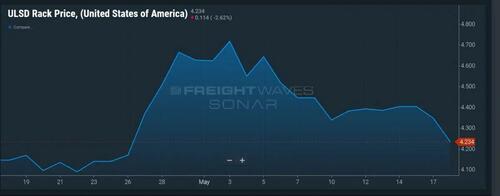
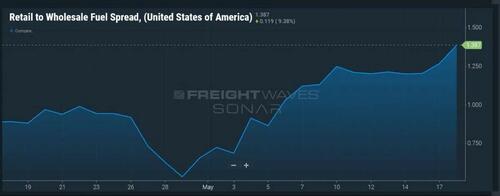
 Will pump pain cause owner-operators to exit the business?
Will pump pain cause owner-operators to exit the business?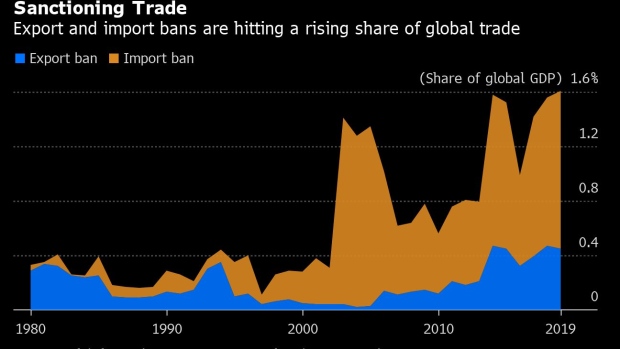

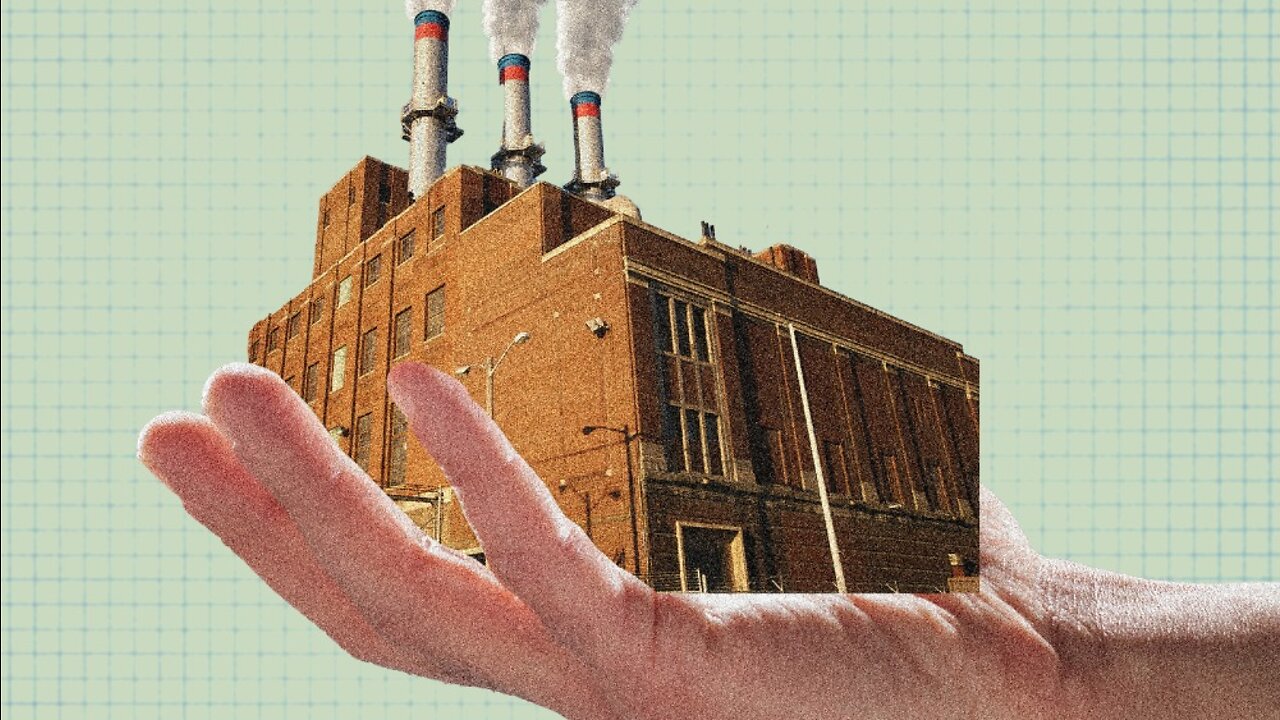




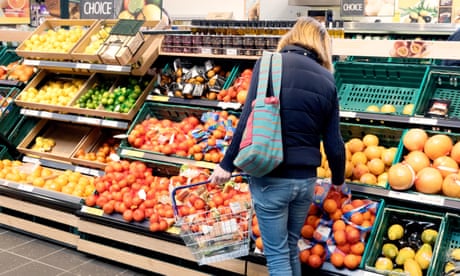



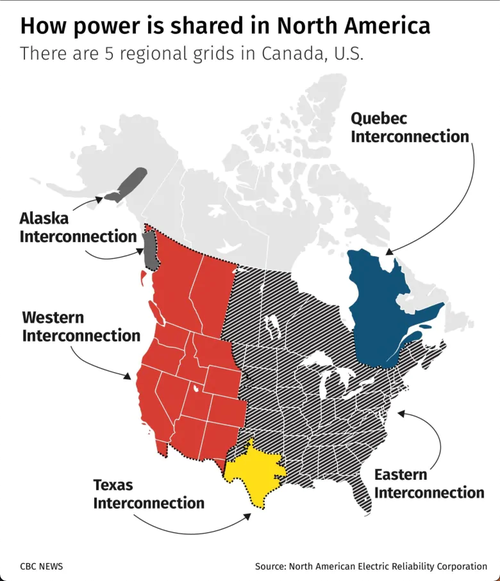
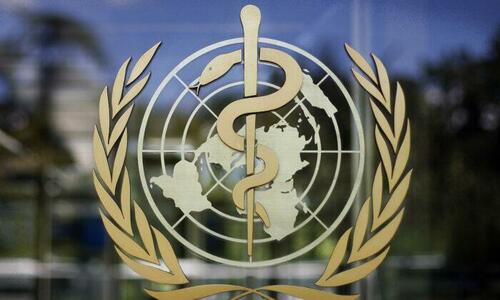 The logo of the World Health Organization is seen at the WHO headquarters in Geneva, on June 11, 2009. (Anja Niedringhaus/AP Photo)
The logo of the World Health Organization is seen at the WHO headquarters in Geneva, on June 11, 2009. (Anja Niedringhaus/AP Photo)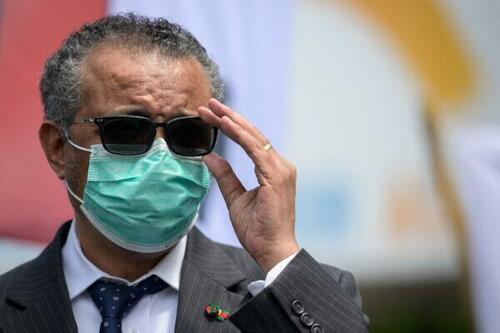 World Health Organization (WHO) director-general Tedros Adhanom Ghebreyesus adjusts his glasses during a meetin in front of the WHO headquarters in Geneva on May 29, 2021. (Fabrice Coffrini/AFP via Getty Images)
World Health Organization (WHO) director-general Tedros Adhanom Ghebreyesus adjusts his glasses during a meetin in front of the WHO headquarters in Geneva on May 29, 2021. (Fabrice Coffrini/AFP via Getty Images) President Joe Biden speaks in the Roosevelt Room of the White House on March 8, 2022. (Win McNamee/Getty Images)
President Joe Biden speaks in the Roosevelt Room of the White House on March 8, 2022. (Win McNamee/Getty Images) A man uses an oxygen mask at a hospital during a sandstorm in Baghdad, Iraq, May 5, 2022. REUTERS/Alaa Al-Marjani
A man uses an oxygen mask at a hospital during a sandstorm in Baghdad, Iraq, May 5, 2022. REUTERS/Alaa Al-Marjani Then-director of NIH Francis Collins at the National Institutes of Health, in Bethesda, Maryland, on Jan. 26, 2021. (BRENDAN SMIALOWSKI/AFP via Getty Images)
Then-director of NIH Francis Collins at the National Institutes of Health, in Bethesda, Maryland, on Jan. 26, 2021. (BRENDAN SMIALOWSKI/AFP via Getty Images)

 U.S. Representative Alexandria Ocasio-Cortez (D-N.Y.) and U.S. Senator Ed Markey (D-Mass.) (R) speak during a press conference to announce Green New Deal legislation to promote clean energy programs outside the U.S. Capitol in Washington, D.C., on Feb. 7, 2019. (Saul Loeb/AFP via Getty Images)
U.S. Representative Alexandria Ocasio-Cortez (D-N.Y.) and U.S. Senator Ed Markey (D-Mass.) (R) speak during a press conference to announce Green New Deal legislation to promote clean energy programs outside the U.S. Capitol in Washington, D.C., on Feb. 7, 2019. (Saul Loeb/AFP via Getty Images)